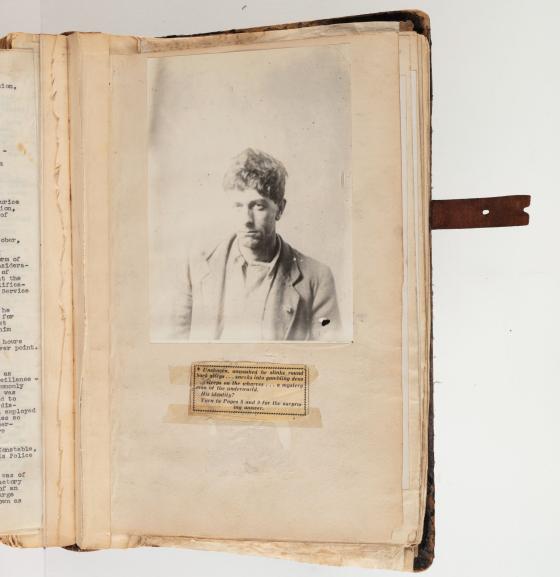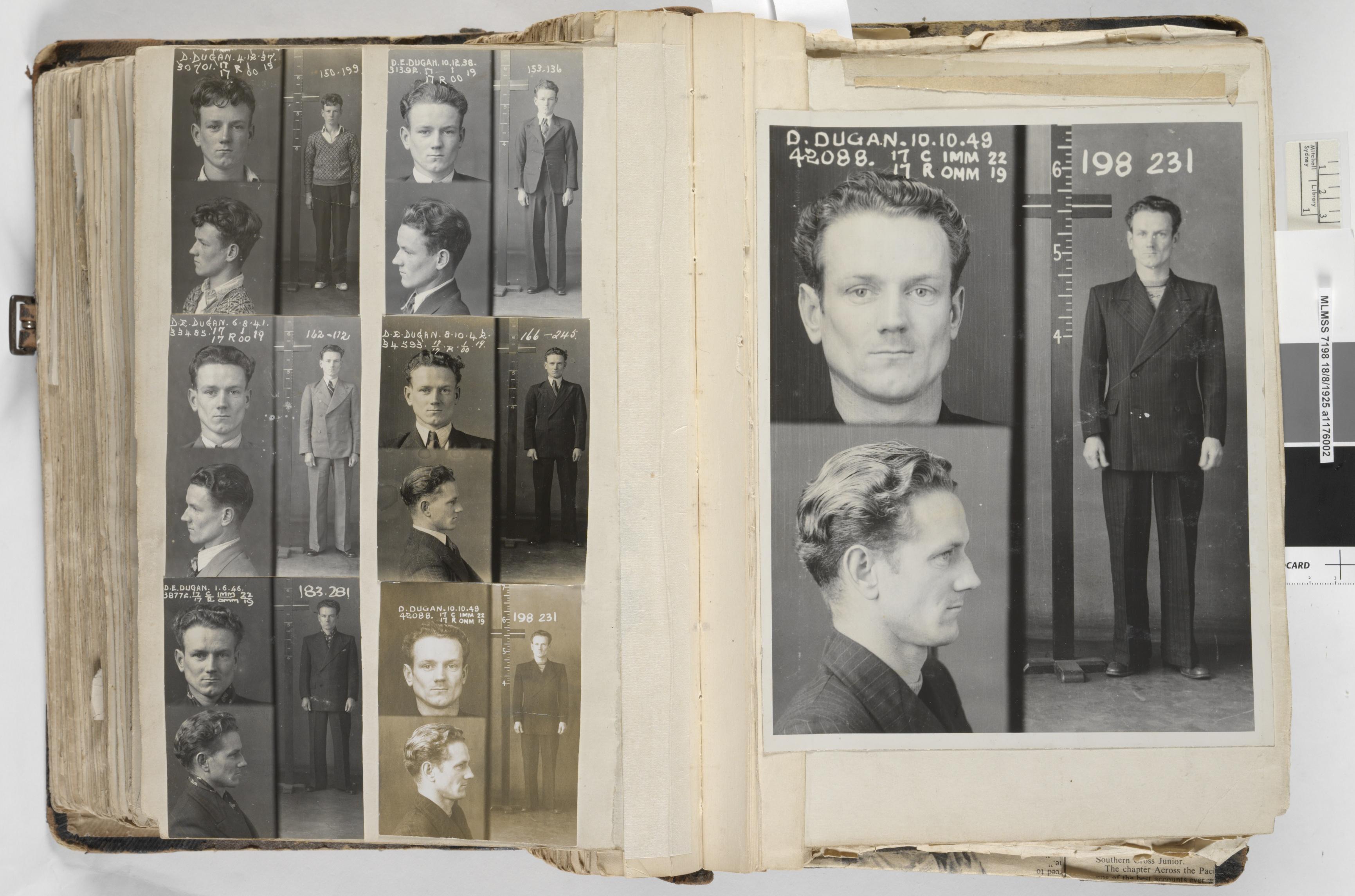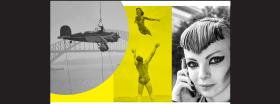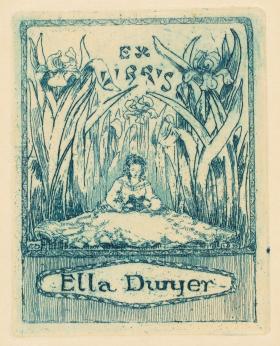‘Trailing along behind in his dilapidated motorcycle. Fahy noted that over and over again, night after night, they would turn down blind streets, stop suddenly and wait. Had he not been equally alert Fahy would have been detected, but he never allowed himself to relax for an instant on their trail. He knew the dead-end streets better than his quarry.’
This excerpt is from The Shadow, a 1954 book that described the career of Francis Maurice Fahy. Known as Frank, Fahy was Sydney’s first undercover policeman. Written by crime journalist Vince Kelly, The Shadow was a compendium of articles he had published in The Sun newspaper the year before, but the stories dated back to 1919 when Fahy worked as a probationary constable. That year, Fahy was transferred to the Sydney Criminal Investigation Branch (CIB) to work undercover. For the next 30 years, only his direct supervisor William John MacKay — plus a few others — knew his real identity. Even members of NSW Parliament were not informed. This anonymity kept him safe, but meant his extraordinary stories remained unknown until Kelly published his series of articles in 1954.
The Sydney underworld of the 1920s that Fahy infiltrated was dominated by criminals such as William ‘Mad Dog’ Moxley, who was later hanged for a brutal double murder in 1932, Phillip ‘Jeffs’ Davis, a gunman and dope peddler, Frank ‘Razor Jack’ Hayes, an enforcer, and Joseph ‘Squizzy’ Taylor, gangster and gunman. Sydney’s top mobsters also included two women. In 1919, Kate Leigh was released from Long Bay gaol, and although Fahy was never able to arrest her, he kept her sly-grog shops under surveillance on numerous occasions. The other woman was Tilly Devine who, in 1925, cut the throat of salesman Sidney Cork, who had dared to challenge her authority.
Fahy’s impact in his new role was immediate. In October 1919, police were tipped off about a suspicious couple who had recently arrived on board an overseas liner and booked themselves into the suite of rooms usually reserved for the prime minister at the Grosvenor, a well-known hotel of the day. For three weeks, Fahy trailed them on his beaten-up motorcycle. He eventually thwarted 22-year-old Canadian, Cameron Bean, from conducting an armed robbery at a bank in Coogee. The other half of the couple, an unnamed woman, was caught in the hotel with bags packed ready for their escape. Bean was sentenced to three years in prison, after which he was deported. His partner was not charged.
Over the course of his career, Fahy was instrumental in solving several high-profile cases. In 1926, after three weeks of tailing three men who Fahy nicknamed The King, Shorty and Foxey, he prevented an operation by an international gang of safe breakers. In 1932 he exposed an international ring that had flooded Australia with thousands of high-quality counterfeit shillings manufactured overseas and distributed through a local Sydney businessman, Kwong Khi Tseng.
While undercover, Fahy disguised himself as a ragged drifter, unshaven and unwashed, and slept on wharves and in dosshouses, where he befriended — and then followed — suspected criminals. He also made full use of an old motorcycle that had a sidecar with a special muffler for trailing cars at night. The sidecar’s modified metal top had a sign that read ‘Scissors Ground, Lawnmowers Repaired’ and served not only as a hiding place for Fahy, but small holes bored in its side allowed him to observe and take photos of his targets.
In November 1954 after Kelly published his book, the West Australian newspaper announced Fahy’s retirement and stated he was going to live quietly in a respectable suburb. Presumably the lack of a specific location sought to prevent any possible acts of vengeance by the many criminals he had helped convict.
One criticism of Kelly’s book was that while Fahy’s exploits made for great reading, the detective himself was ‘elusive, unrealised, only half-seen against the background of darkness and intrigue in which he moved’. This remains the case to this day, although Fahy’s work is preserved in his battered old personal scrapbook, which is filled with photographs and news cuttings that reflect the city’s criminal underworld. It was presented to the Library by Fahy’s daughter Joyce Cardinaels in 2001.
Geoff Barker, Senior Curator, Collection Access and Curation
This story appears in Openbook autumn 2024.






